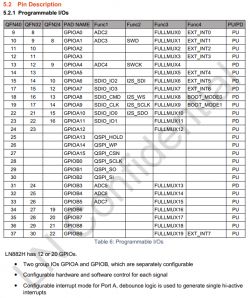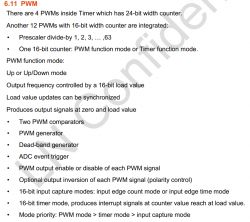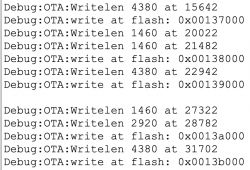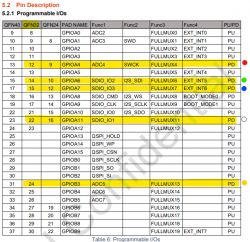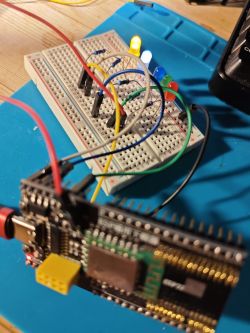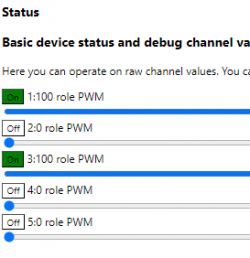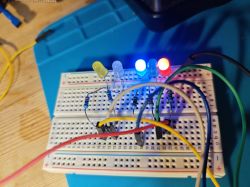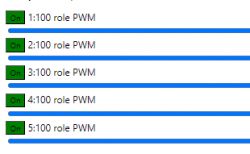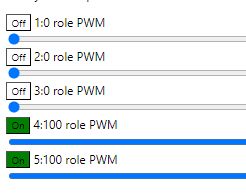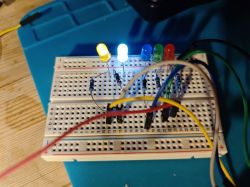I successfully flashed OpenBeken to a LN882HKI device in the pictures. The device is a led panel for indoor plants: https://www.mother.life/BE/shop/linear
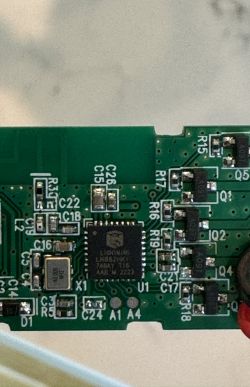

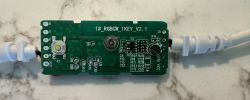
I can control on/off with LED or relay on A10 but it will not work with PWM. The local button works properly on B4 as seen in the config:

I cannot get the device to dim, however, which I'm guessing stems from PWM not working. Anyone have any ideas? I can provide more info from the Web App if needed.



I can control on/off with LED or relay on A10 but it will not work with PWM. The local button works properly on B4 as seen in the config:

I cannot get the device to dim, however, which I'm guessing stems from PWM not working. Anyone have any ideas? I can provide more info from the Web App if needed.






